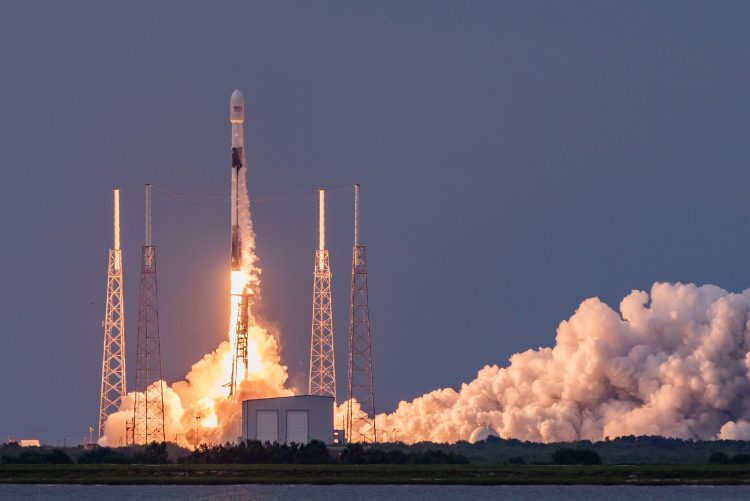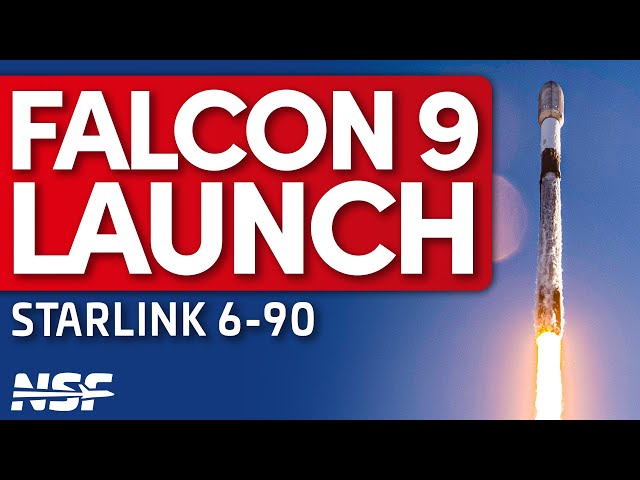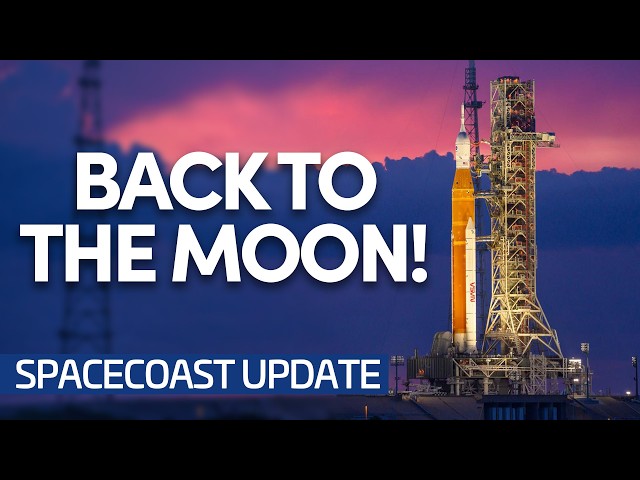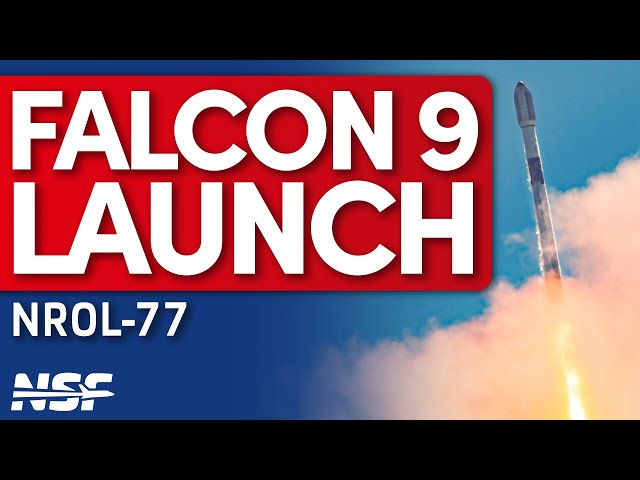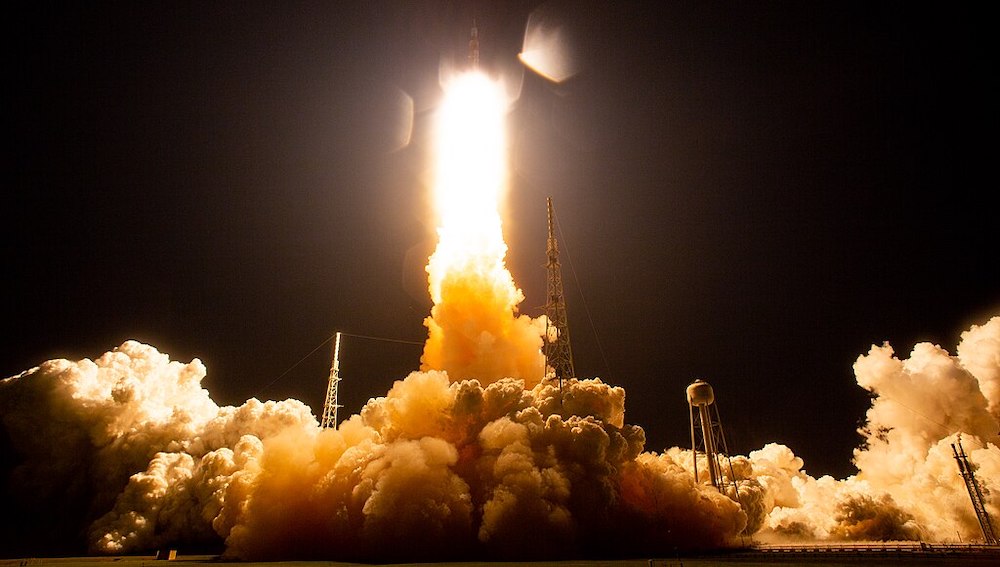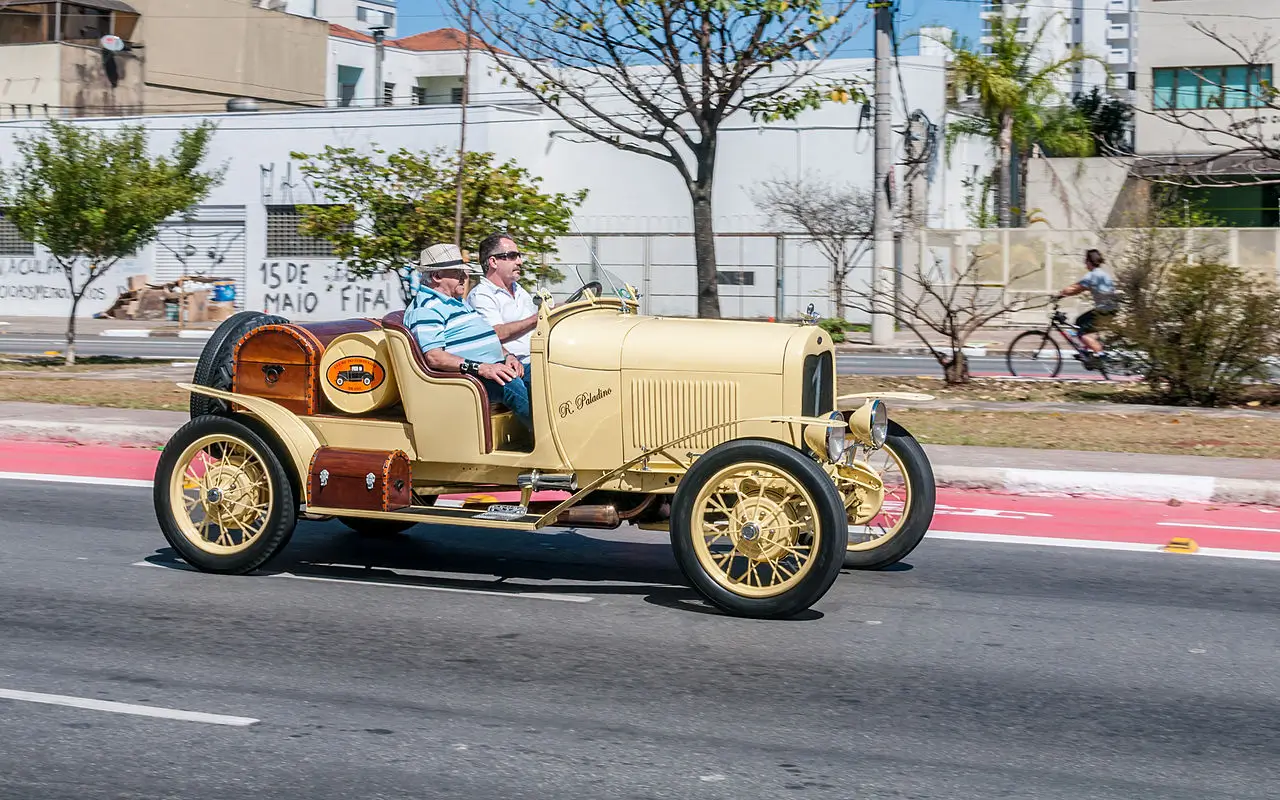The SpaceX Falcon 9 rocket serves as the primary vehicle for launching satellites, Dragon cargo spacecraft, and Crew Dragon spacecraft into orbit. One of its notable roles is regularly transporting the Dragon spacecraft to the International Space Station (ISS). Dragon achieved the first-ever private spacecraft visit to the ISS in October 2012 and has since completed over 25 cargo missions. Starting in 2020, Falcon 9 has also been utilized for crewed missions to the ISS, conducted on behalf of NASA and other clients. Additionally, Falcon 9 is the preferred launch vehicle for SpaceX’s Starlink satellite system, providing broadband services, and has been deployed for security missions on behalf of the National Reconnaissance Office.
Will SpaceX Masterpiece Survive New Ages
Check it HERE !!!
The Falcon 9’s Stages And Specifications
The Falcon 9 is a two-stage rocket. First stage is powered by nine Merlin engines. These engines use rocket-grade kerosene (RP-1) as fuel and liquid oxygen (LOX) as oxidizer. The first stage provides most of the rocket’s thrust during liftoff and ascent. Once it reaches a certain altitude, the first stage separates from the rocket and performs a series of maneuvers to return to Earth for a vertical landing. This reusability feature reduces the cost of launch operations.
The Falcon 9’s second stage is powered by a single Merlin Vacuum engine. This engine operates in the vacuum of space and is optimized for delivering payloads to their desired orbit. The second stage is responsible for carrying the payload to its intended destination, such as the International Space Station (ISS) or a geostationary orbit.
Height: 229.6 feet (70 meters)
Diameter: 12 feet (3.7 meters)
Mass: 1,194,000 pounds (541,300 kilograms)
Payload to low Earth orbit (LEO): 28,991 pounds (13,150 kilograms)
Payload to geosynchronous transfer orbit (GTO): 10,692 pounds (4,850 kilograms)
First stage:
Burn time: 162 seconds
Sea level thrust: 1.53 million pounds or 6,806 kilonewtons (kN)
Vacuum thrust: 1.6695 million pounds (7,426 kN)
Second stage:
Burn time: 397 seconds
Thrust: 210,000 pounds (934 kN)
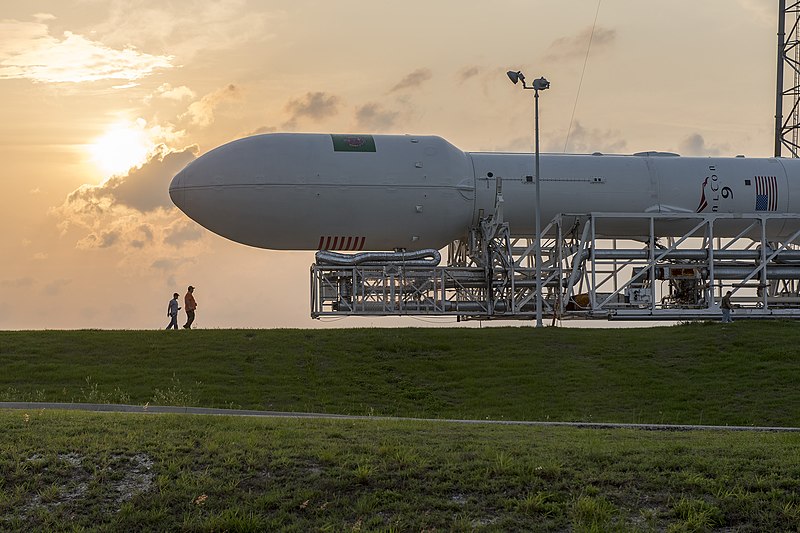
CATASTROPHIC NEWS !!!
Read Also: Space Station Debris hit Florida Man’s Home
Mission Successes and Milestones
Since its first launch in 2010, the Falcon 9 rocket has achieved numerous milestones:
- First privately-funded liquid-fueled rocket to reach orbit in 2008.
- First privately-funded spacecraft (Dragon) to successfully dock with the ISS in 2012.
- First successful landing of a reusable orbital class rocket in 2015.
- First successful relaunch and landing of a used orbital class rocket in 2017.
- First private company to send astronauts to the ISS in 2020.
Both Falcon 9 and Falcon Heavy are expected to be superseded by Starship, a spacecraft system currently in development by SpaceX. NASA has chosen Starship as the spacecraft to facilitate the landing of Artemis astronauts on the moon, and Elon Musk envisions utilizing Starship for future human missions to Mars. The Starship program has already undertaken multiple test flights and is awaiting environmental clearance from the Federal Aviation Administration to proceed with an orbital test, potentially slated for as early as 2022.
